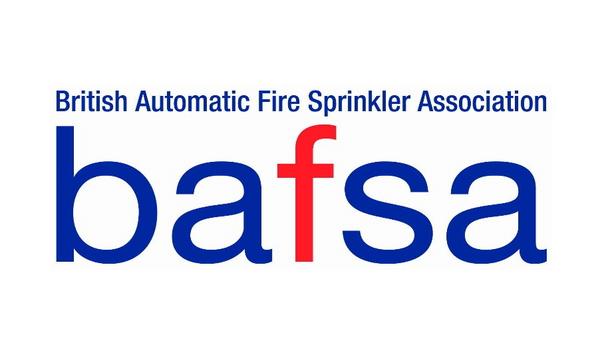Passive fire protection systems are built into all construction parts of a building such as the walls, floors, ceilings, and doors, etc. The purpose of passive fire protection systems is not to extinguish a fire but instead to help contain a fire to its origin.
The way this is done is by compartmentalizing the building, so if a fire starts in one room or section of the building it doesn’t spread to other parts of the building. If the fire wasn’t compartmentalized then the structure and integrity of the building could be at risk of collapse.
So by using passive fire protection the fire can be contained, allowing people to escape safely and allowing fire services to extinguish the contained fire. So passive fire protection not only protects the property but also protects lives.
What Are Fire Standards?
All Envirograf® products are rigorously tested to a variety of fire resistance standards To ensure that buildings are being constructed using well tested and safe construction products there are specific standards that products must comply with. Depending on the type of product, the end-use, and the regulator, either a fire resistance test or a surface spread of flame classification is required.
In current Building Regulations the below-testing systems are used concurrently and are up to the specifier and regulators as to which they adopt for their building project:
- British Standard (BS) fire-resistant tests test individual building elements for fire resistance using procedures set out in BS476.
- European Norms (EN) Standards use a common testing and classification system in Europe to test building elements and structures covering different end-use scenarios for fire resistance.
Within each of these testing systems products can be given a fire protection time rating or a surface spread of flame rating. It is always best to check with the building control as to which rating you require before specifying a product.
All Envirograf® products are rigorously tested to a variety of fire resistance standards and surface spread of flame classifications. Envirograf have developed a wide range of products that satisfy the different requirements.
What Is Surface Spread Of Flame Ratings?
Surface spread of flame is about how to resist fire from spreading over a surface Surface spread of flame is about how to resist fire from spreading over a surface, this is obviously integral when it comes to construction elements such as walls and ceilings. There are two different types of ratings that are used concurrently, the BS476 (part 6 and 7) class system and EN13501-1 SBI rating.
Within BS476 (part 6 and part 7) products are graded to a level of fire resistance to a national classification. The grades are Class 0, 1, 2, 3, or 4. Class 1 stops the spread of flame indefinitely and Class 0 stops the spread of flame and also stops the burn through the substrate for 13 minutes or more.
Alternatively, EN 13501-1 reaction to fire uses the Euroclass test which is based on the testing method Single Burning Item (SBI), which helps predict the performance of the material in a real fire. These are given a Euroclass category from A1 to F. During this test the material is tested for Smoke production and given a grade of s1, s2, or s3. Also, the material is tested for Flaming droplets/particles and given a grade of d0, d1, d2. So often the rating will be given in three parts e.g. B/s1/d0.
How Are Envirograf® Helping The Passive Fire Market?
Envirograf® has a range of over 200 innovative, dependable passive fire products that offer effective fire protection for all building sectors, including residential, commercial, industrial, public, historic, and more. The collection of fire products ensure that properties are protected from floor to ceiling.
Continual changes and development in regulations and building substrates require constant attention, which paves the way for product innovation and improvement. The dedication to continuous testing, innovation, and quality has earned the company and its passive fire products a high reputation within the fire industry and beyond.
The CPD training shares a wealth of knowledge with attendees about the British regulations and legislation
As part of their knowledge and training services, Envirograf® also offers CPD training to third parties within the construction industry to educate workers about the specification and installation process of the passive fire products. The CPD training shares a wealth of knowledge with attendees regarding the latest British regulations and legislation, including an in-depth presentation and on-site fire demonstrations of the products.
Who Is Envirograf®?
Envirograf® are the front-runners in passive fire protection products and were established in 1983. Envirograf® works alongside fire officers, architects, specifiers, and contractors in delivering high-quality, fire-protected buildings that meet British Regulations and European Standards.
They also work closely with local authorities and planning professionals during audits and inspections to detect high-risk areas of buildings and agree on valuable solutions in providing fire safety.















